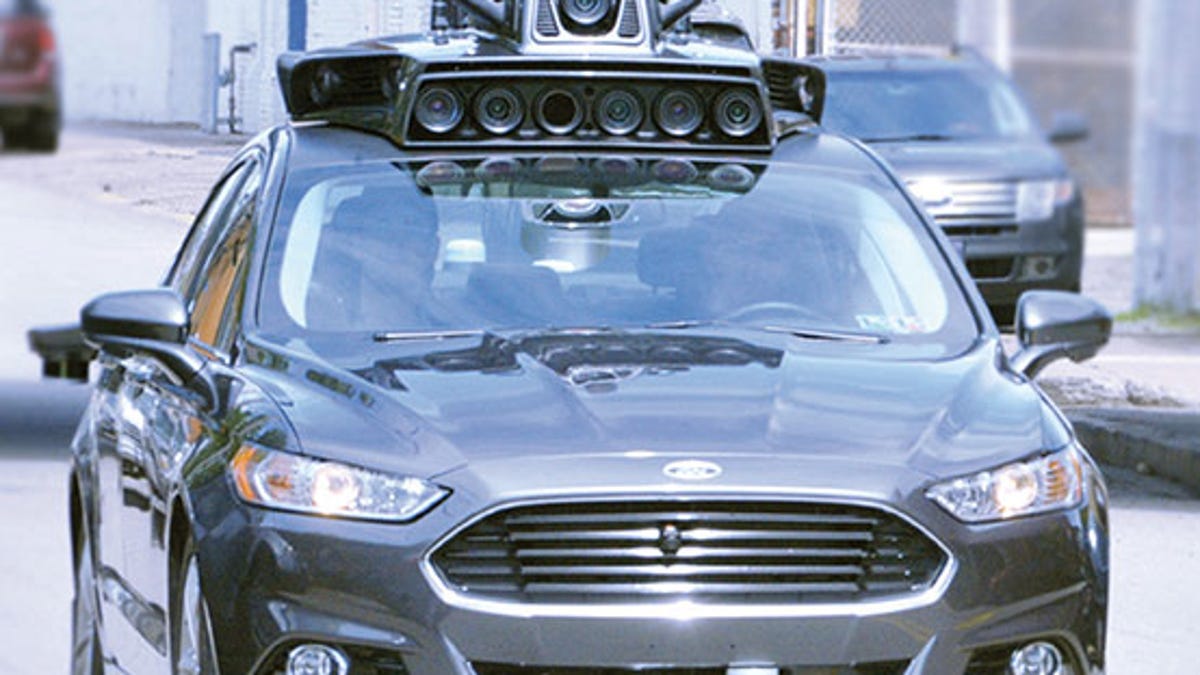Uber speeds up self-driving tests, but safety may be braking
Uber's testing more autonomous cars than before, but reports indicate they're not necessarily getting smoother or safer.

It seems Uber's most recent progress down the road to autonomy has met a few safety and quality of life speed bumps, if recently obtained reports are any indications.
Autonomous cars are of particular interest to Uber. Removing the human driver from the ride-hailing equation means also removing their cut from each trip's fare, putting more money in the company's coffers. Self-driving cars could create a stronger bottom line for Uber.
The car service has been steadily expanding the testing of its self-driving car technology in Arizona, California and Pennsylvania, but the new data seems to indicate that progress and improvements to the quality of the technology may have stalled.
Currently, Uber does testing with a human being in the driver's seat who will intervene if the system requires it or can't operate safely. Despite increasing its auto-fleet to 43 cars and racking up more miles than ever before -- over 20,000 miles per week -- the number of these human interventions hasn't improved much, if at all.
Internal documents obtained by Recode indicate drivers in those 43 cars step in for an average of once every 0.8 miles. In addition, about once every 2 miles the cars exhibited some "bad experience," such as sharp deceleration or jerky steering. So-called "critical interventions" -- incidents that may have resulted in a pedestrian being struck or more than $5,000 of property damage without the aid of a human hand -- occurred about every 200 miles. That's a modest improvement over January's average of 125 miles between critical interventions, but the implication is that the ride-hailing service's robocars aren't getting smoother or safer at a rate consistent with the expansion of Uber's testing.
To be fair, Uber has introduced many new testing routes for its autonomous fleet during recent weeks. It's still at a very early stage in its development relative to more established players, which could be the reason the most recent numbers don't look so flattering.

